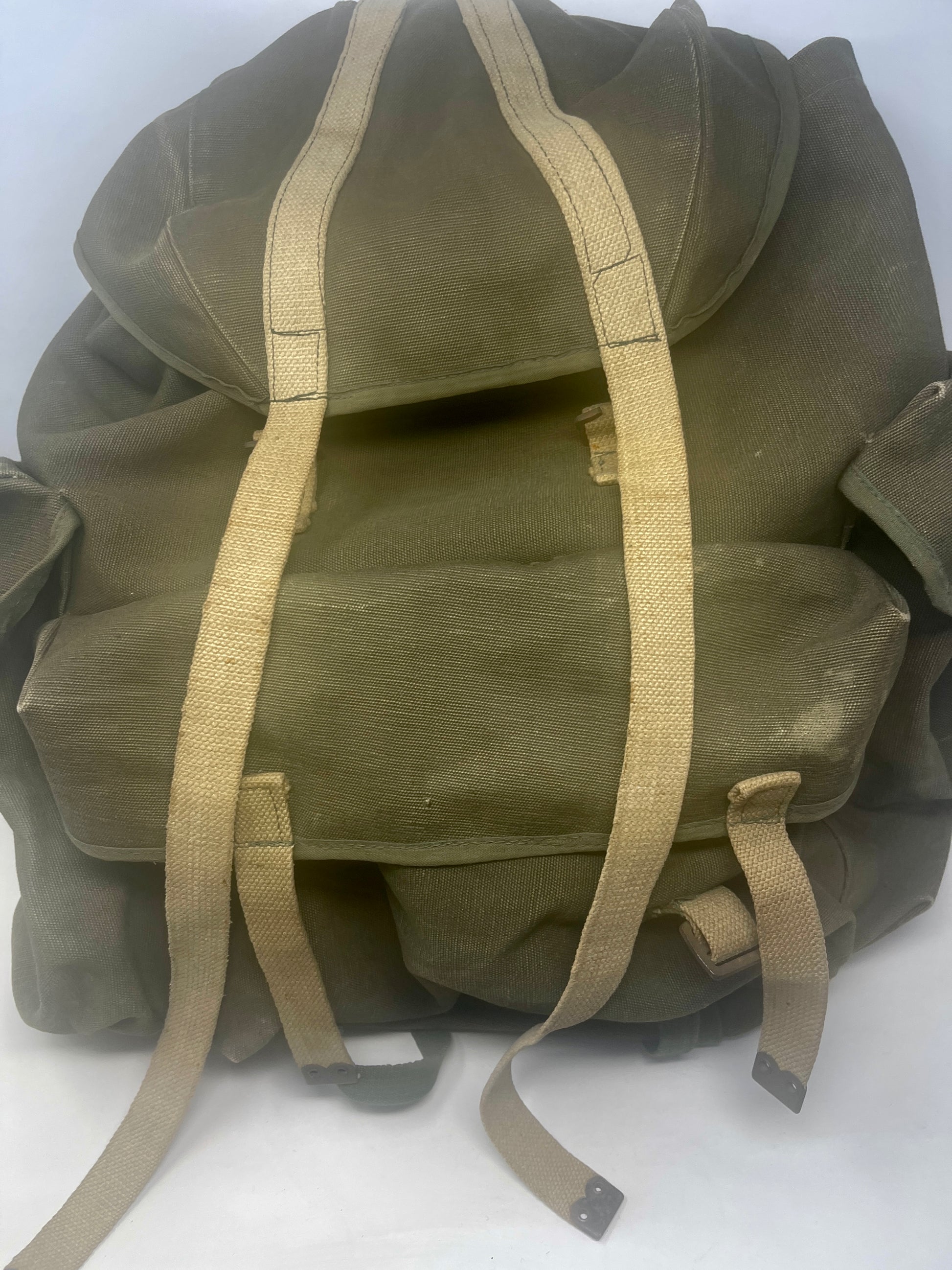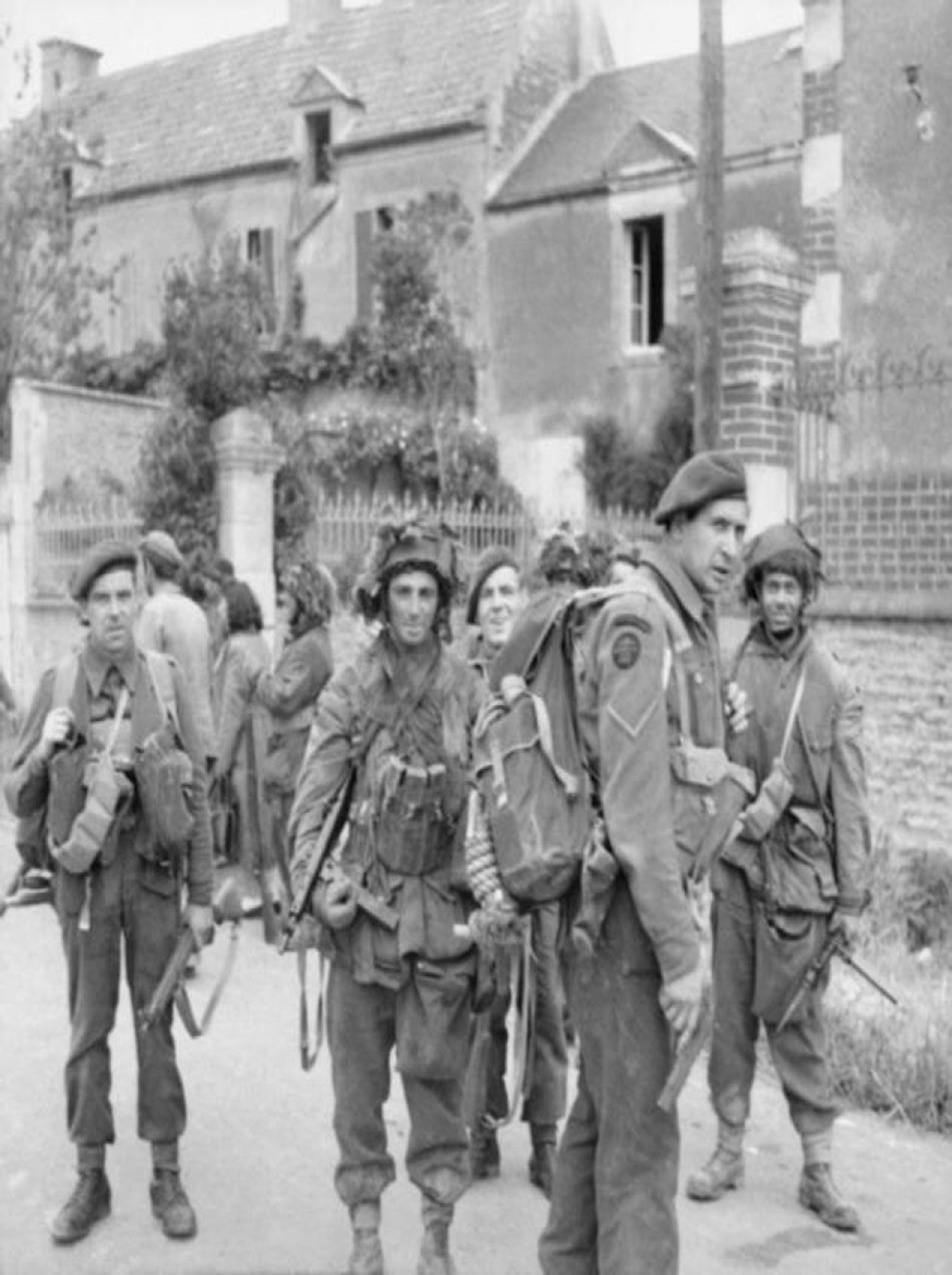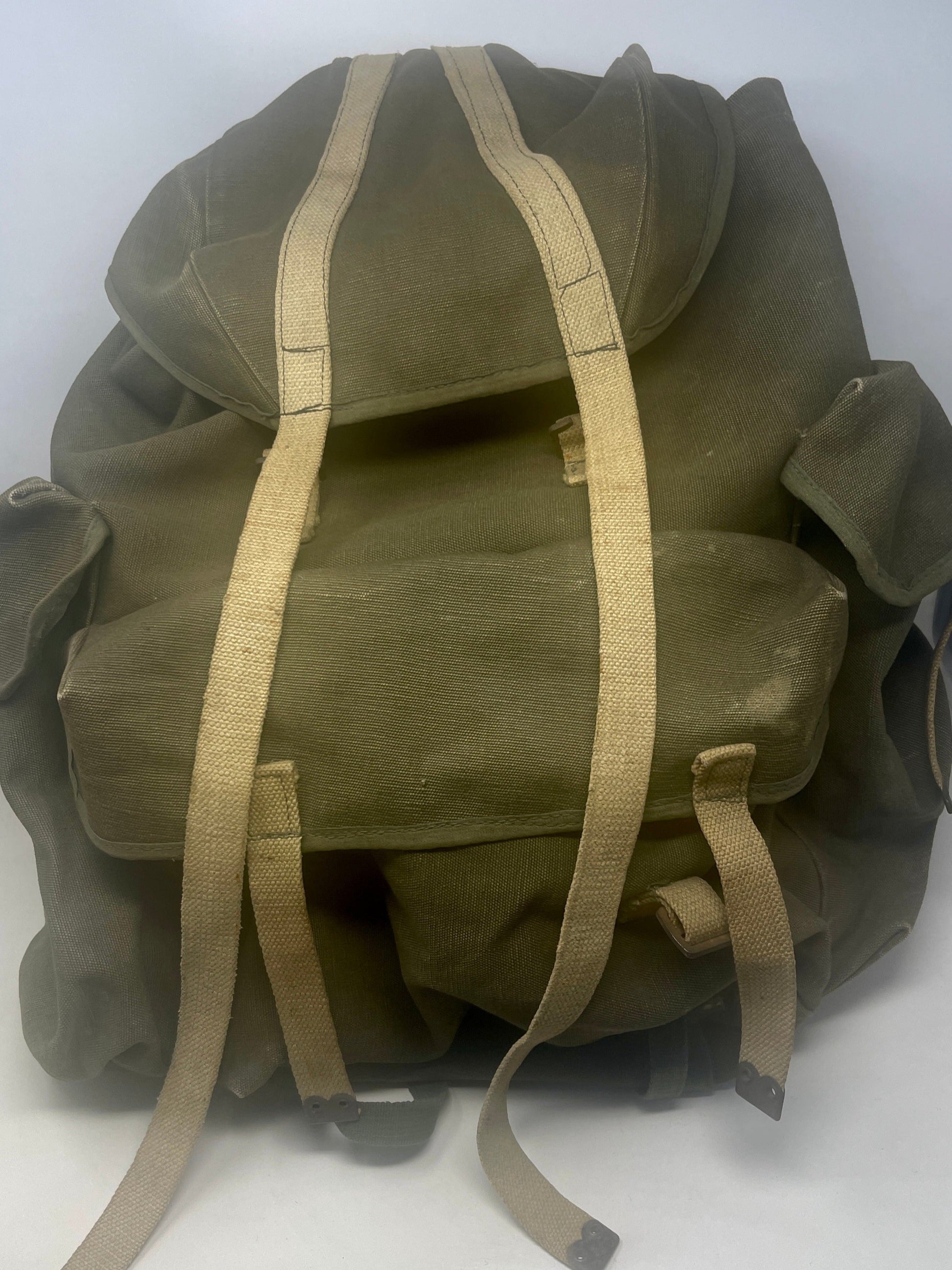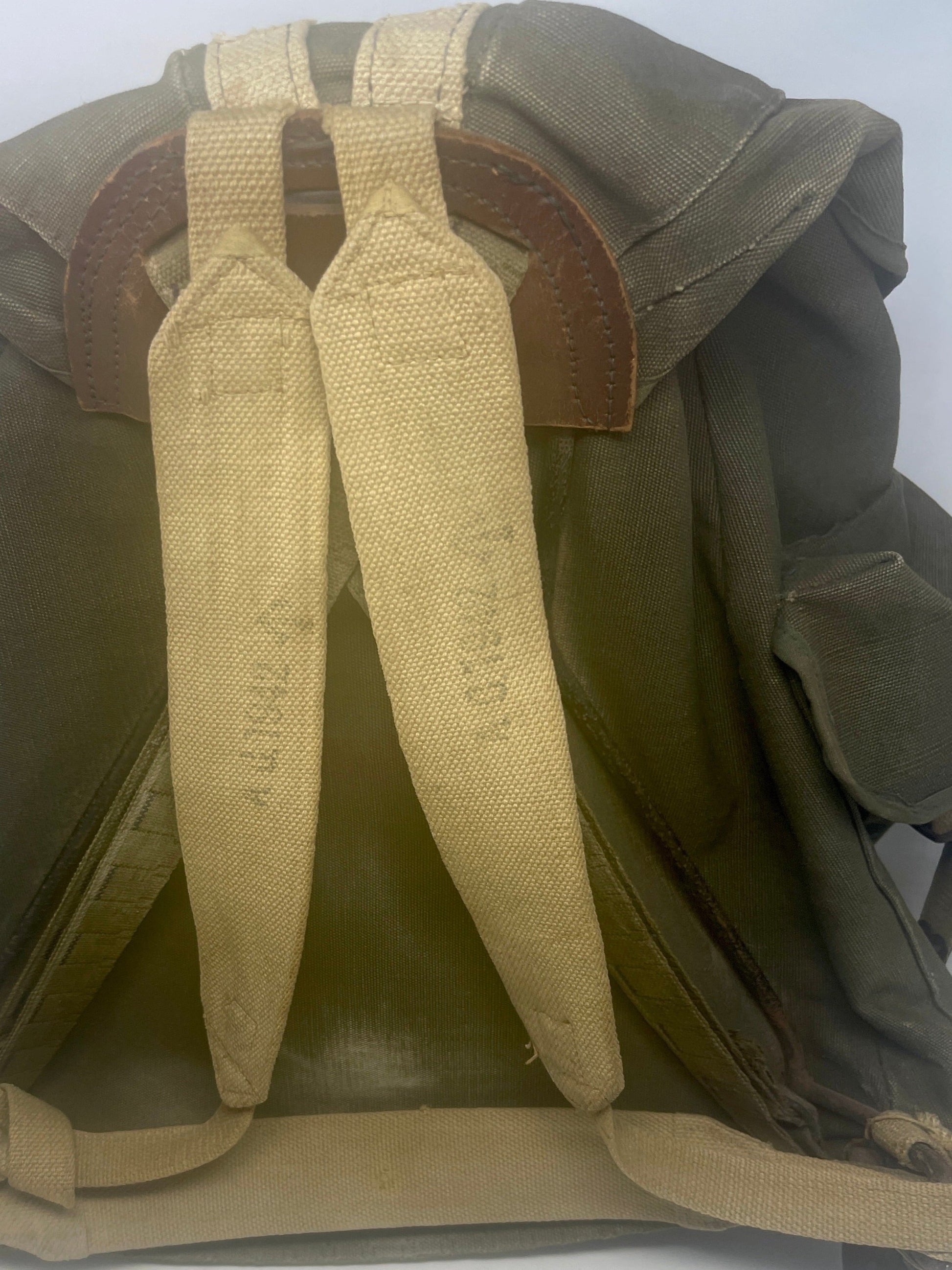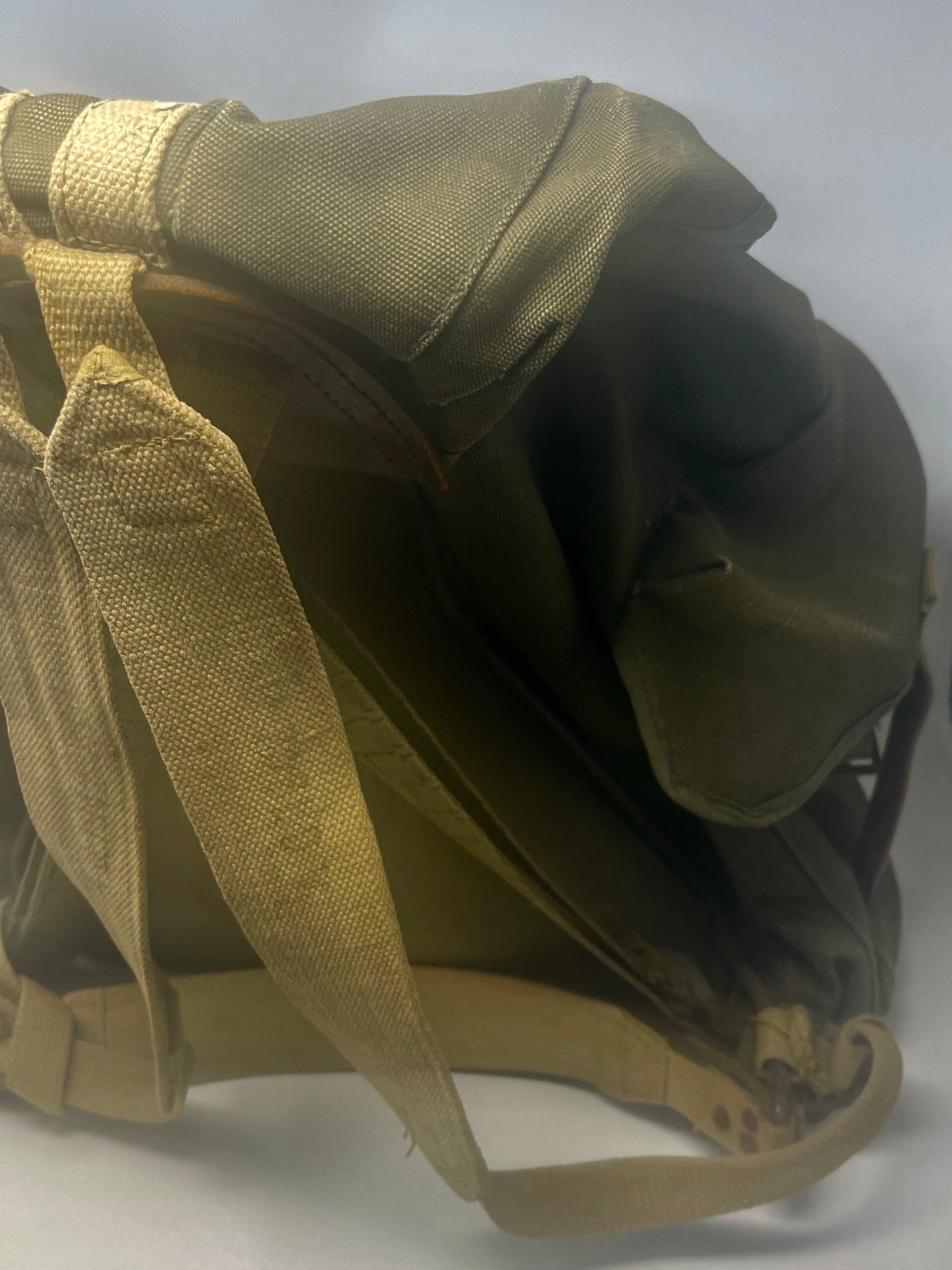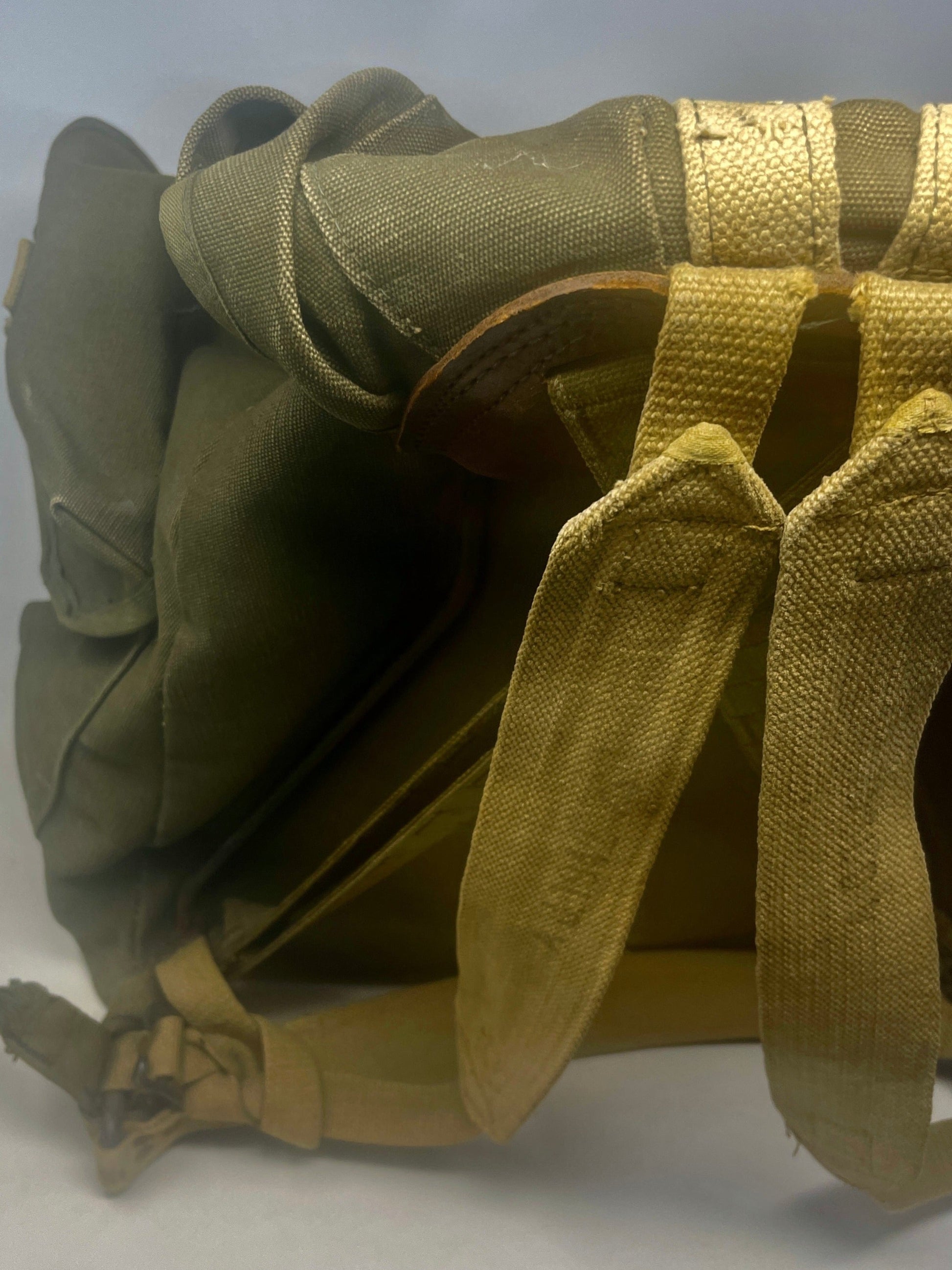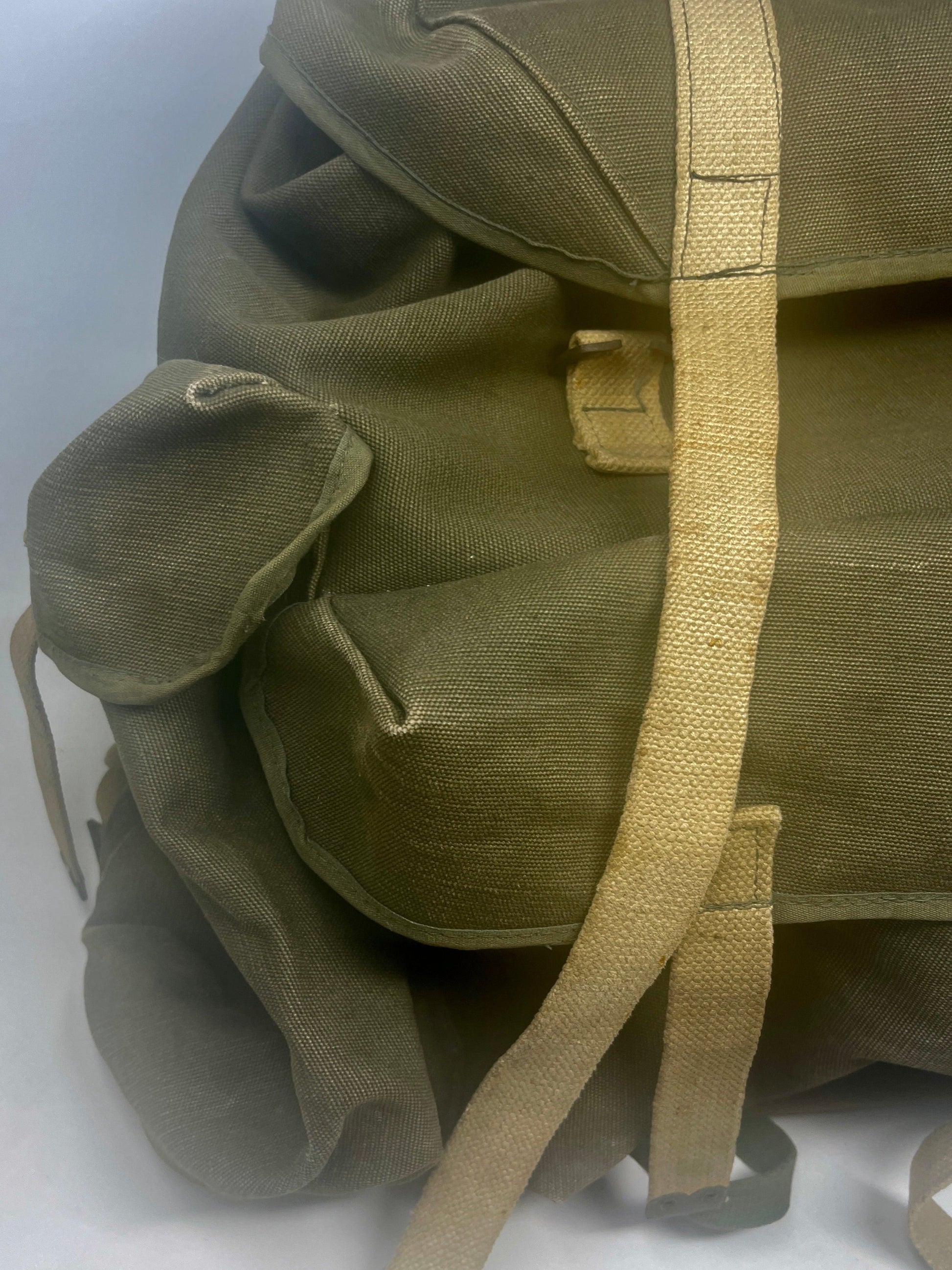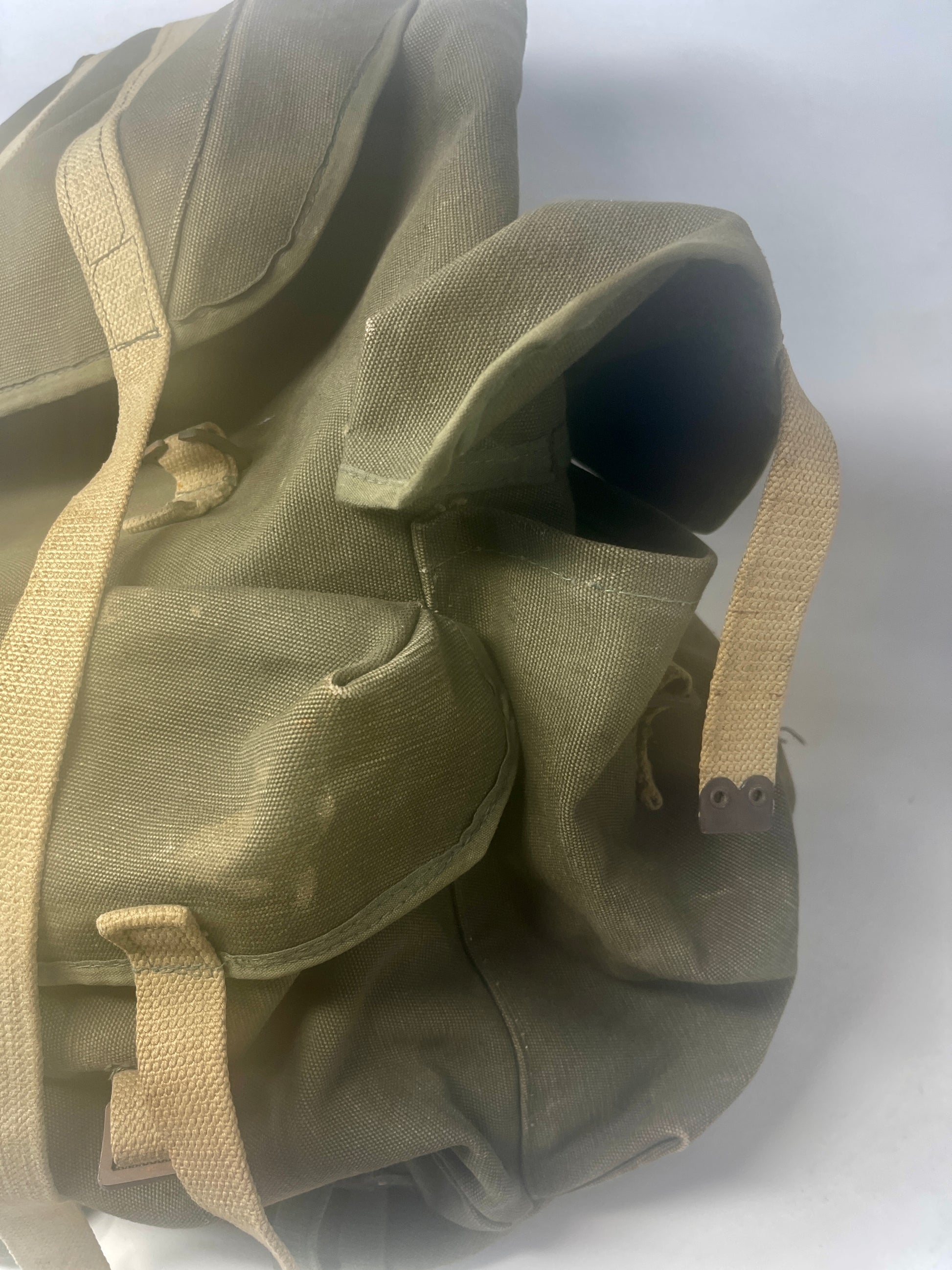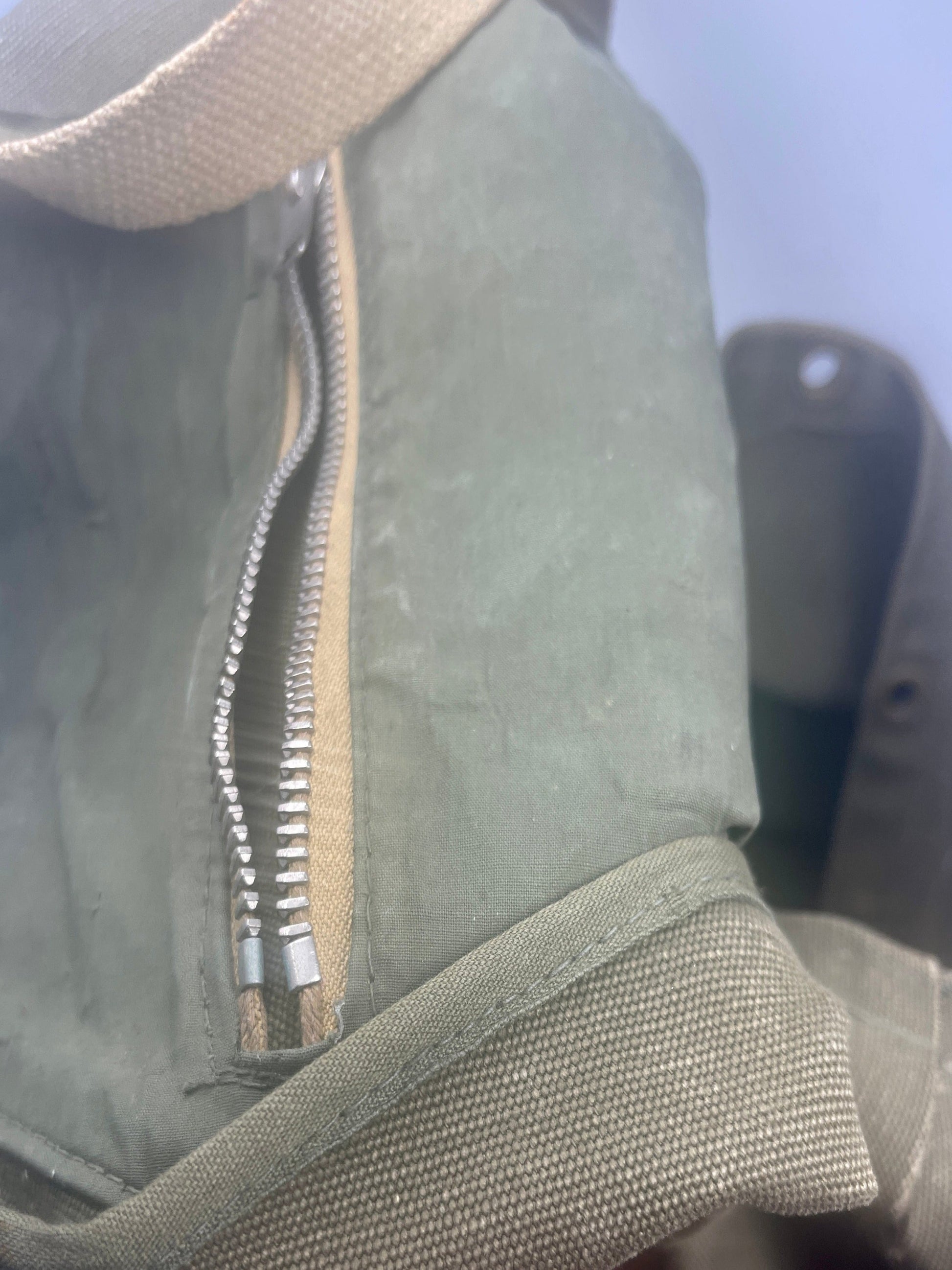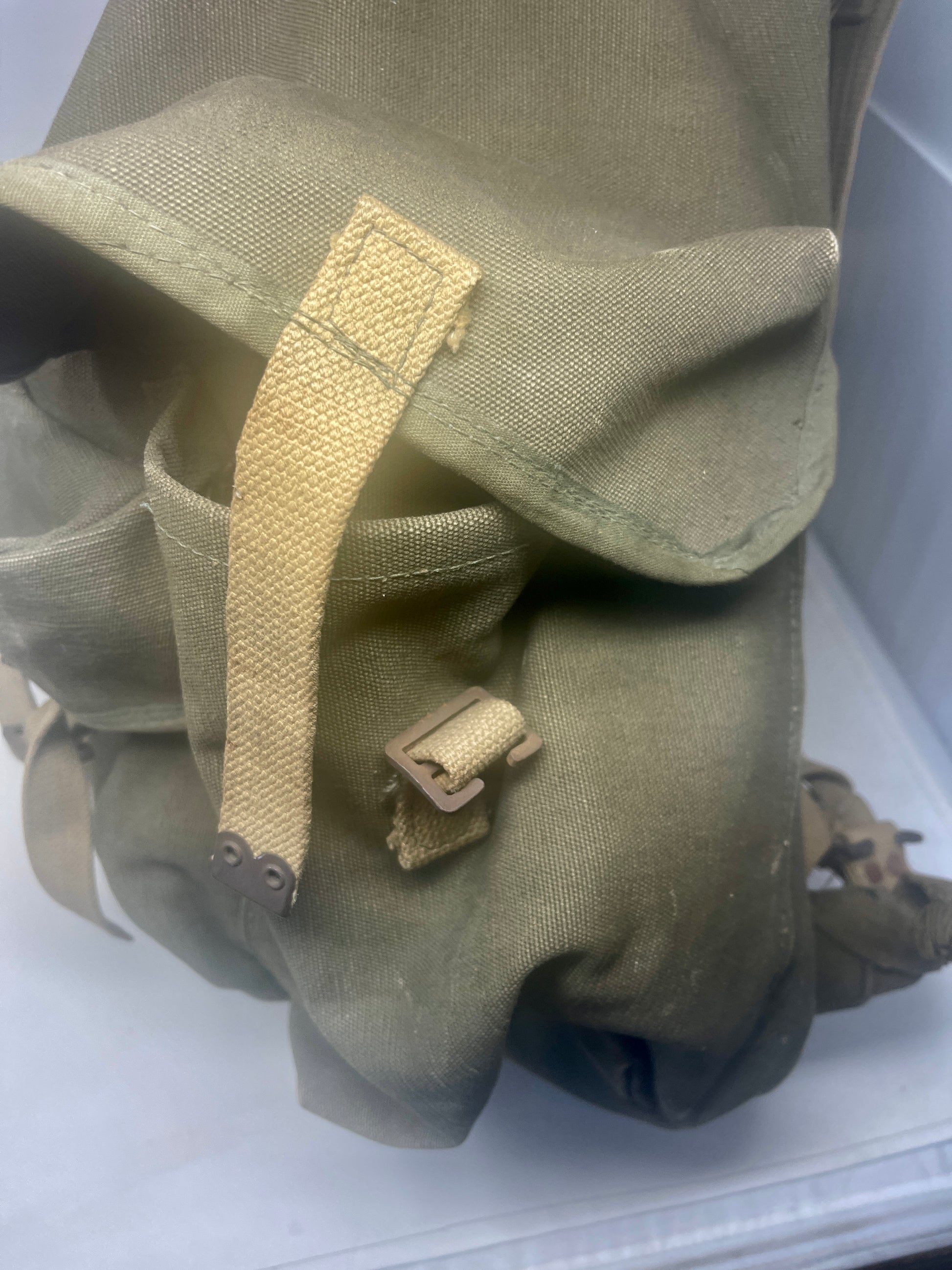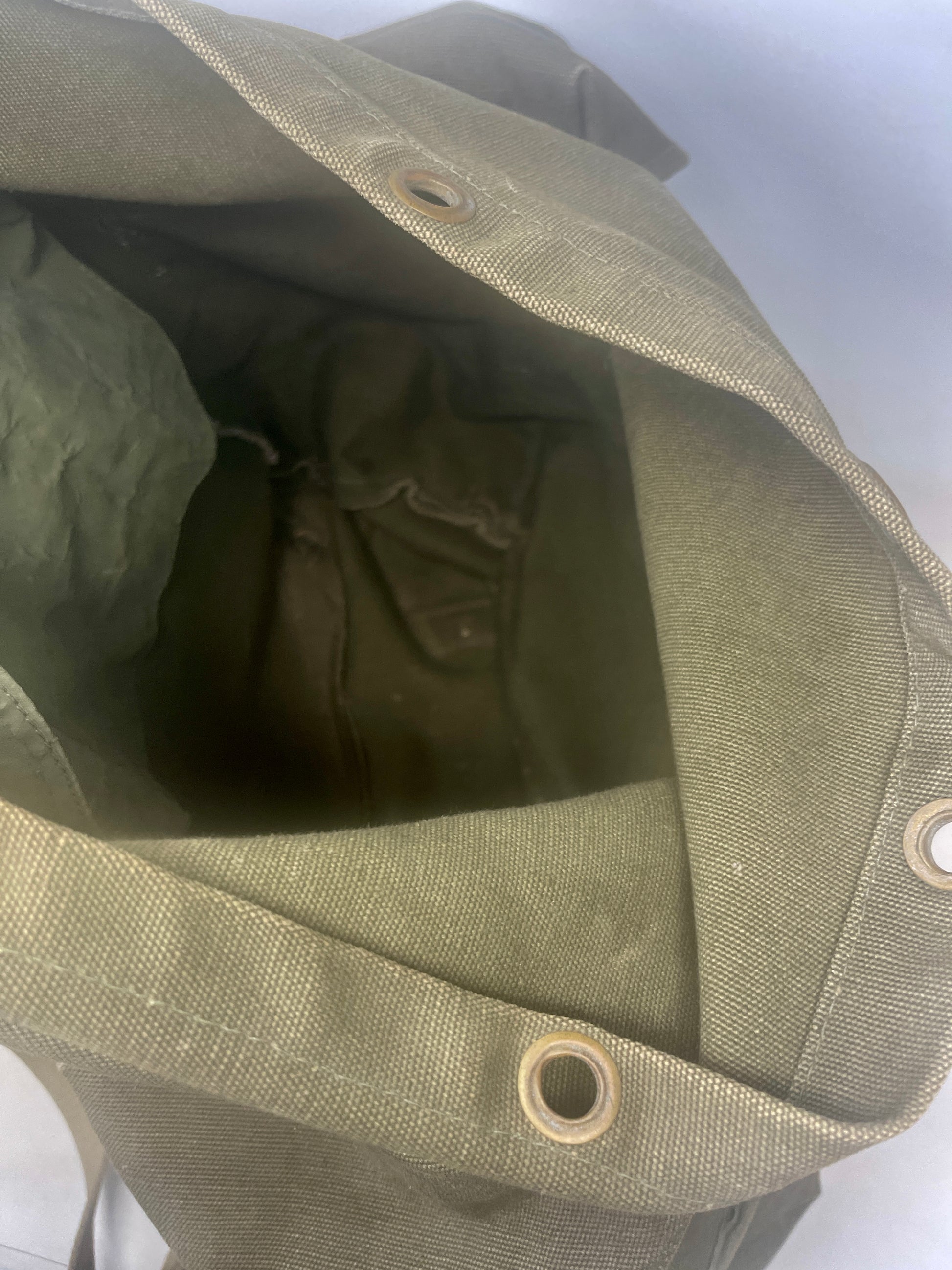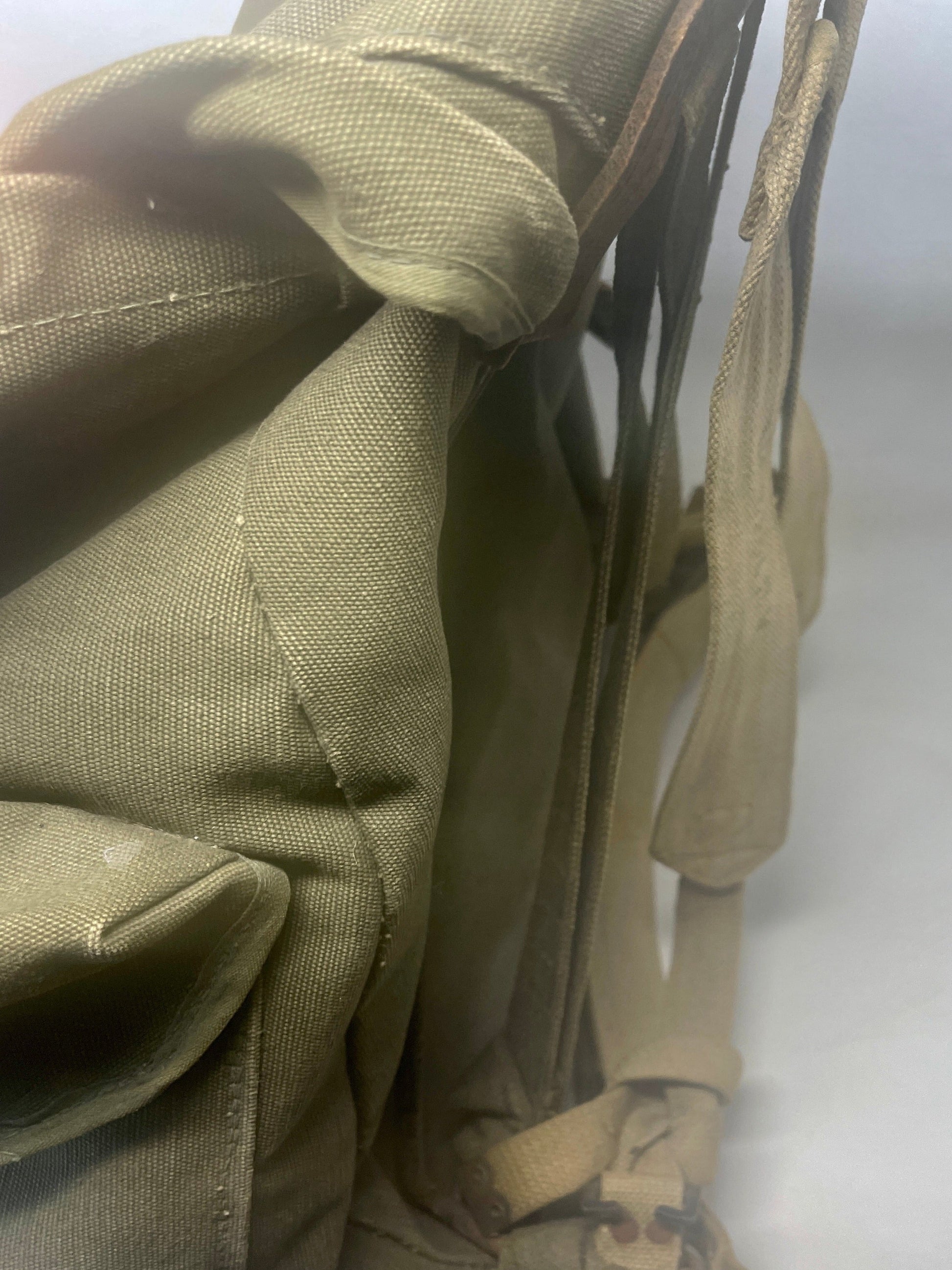Tommies Militaria and Collectables
Assault Pack Dated 1942 Commando
Assault Pack Dated 1942 Commando
Couldn't load pickup availability

Product Condition
Product Condition
Shipping & Returns
Shipping & Returns
Shipping
All orders are subject to a delivery, packing & handling charge. The correct charges will be automatically calculated via our Shopping basket ordering system and are based on the total weight of your order, your location, and our normal method of despatch. Please be aware that we reserve the right to alter any miscalculation, plus or minus, and you will be notified prior to shipping of any changes.
When shipping items, we use the UK Royal Mail, EVRI, DPD and Parcel Force in the event of a parcel arriving with contents damaged ALL the packaging must be kept for inspection by the delivering shipping contractor whoever that contractor is, failure to adhere to this WILL result in ANY claim being denied.
We do ship internationally and will always use a Tracked and Signed for service. We strive to use the best and most economical shipping services available
All shipping, insurance and import charges will be borne by the customer.
All lots are shipped at the buyers risk no compensation will be offered for items lost or broken in transit. Alternatively you can pay for your own courier.
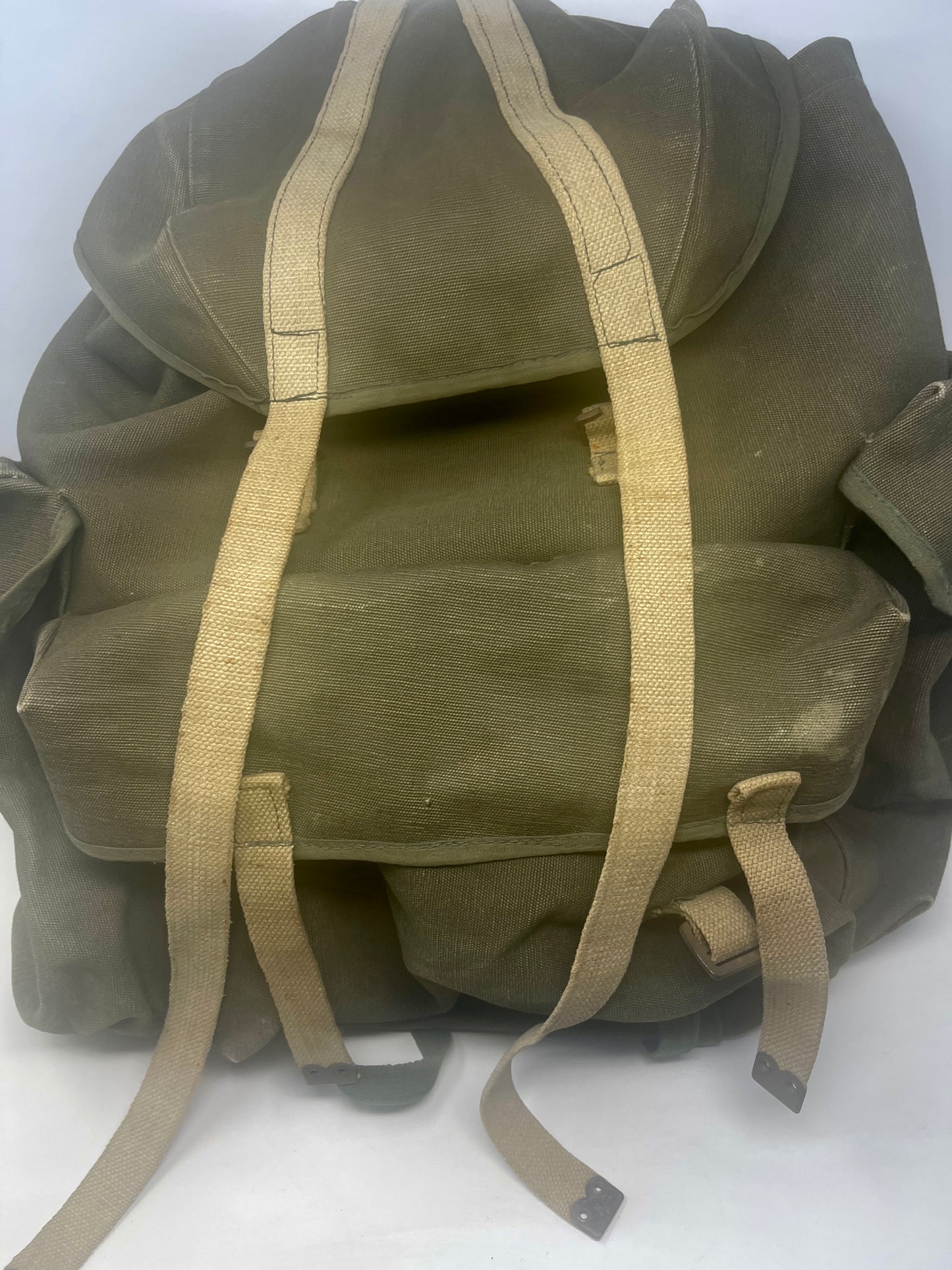
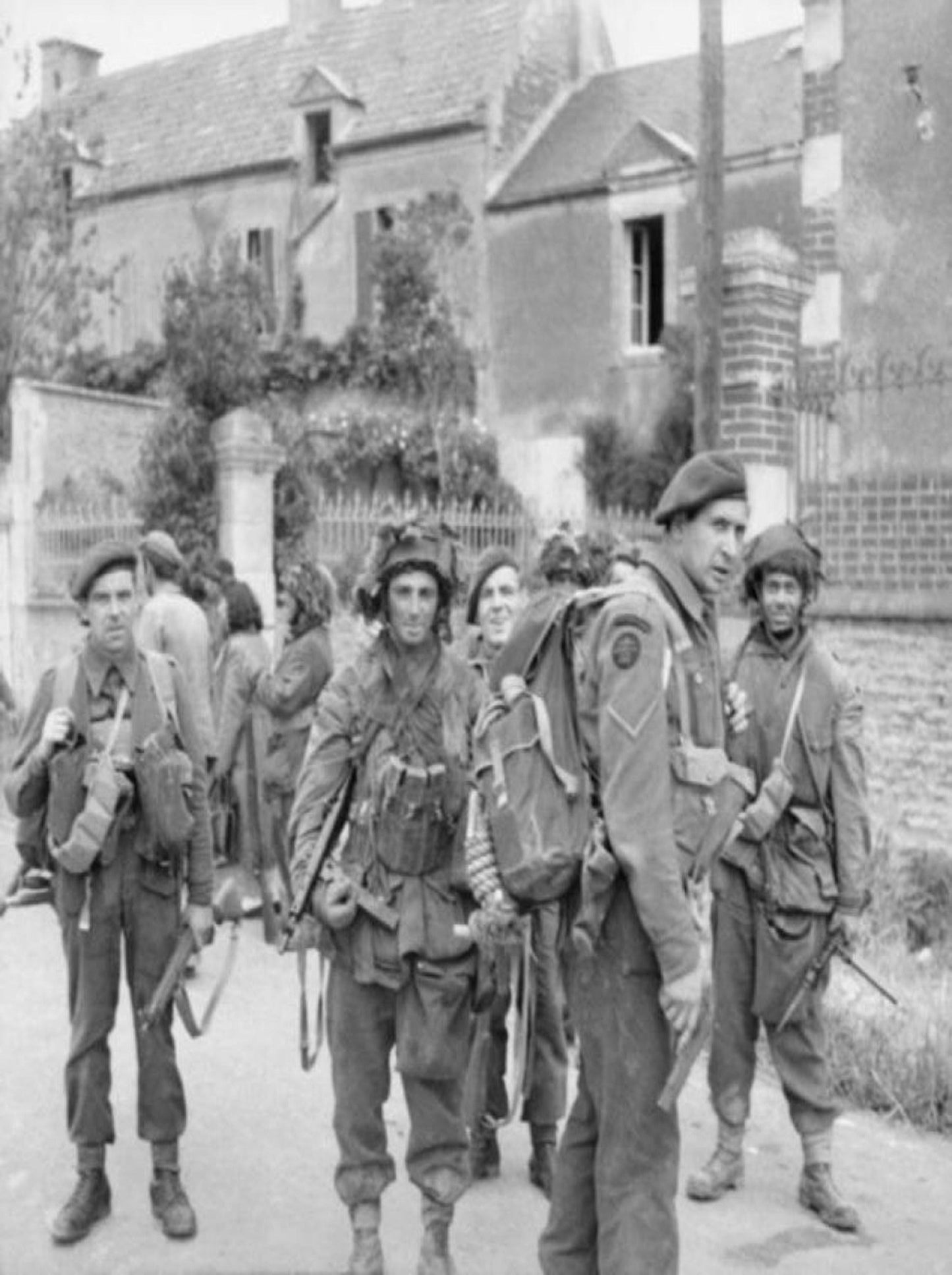
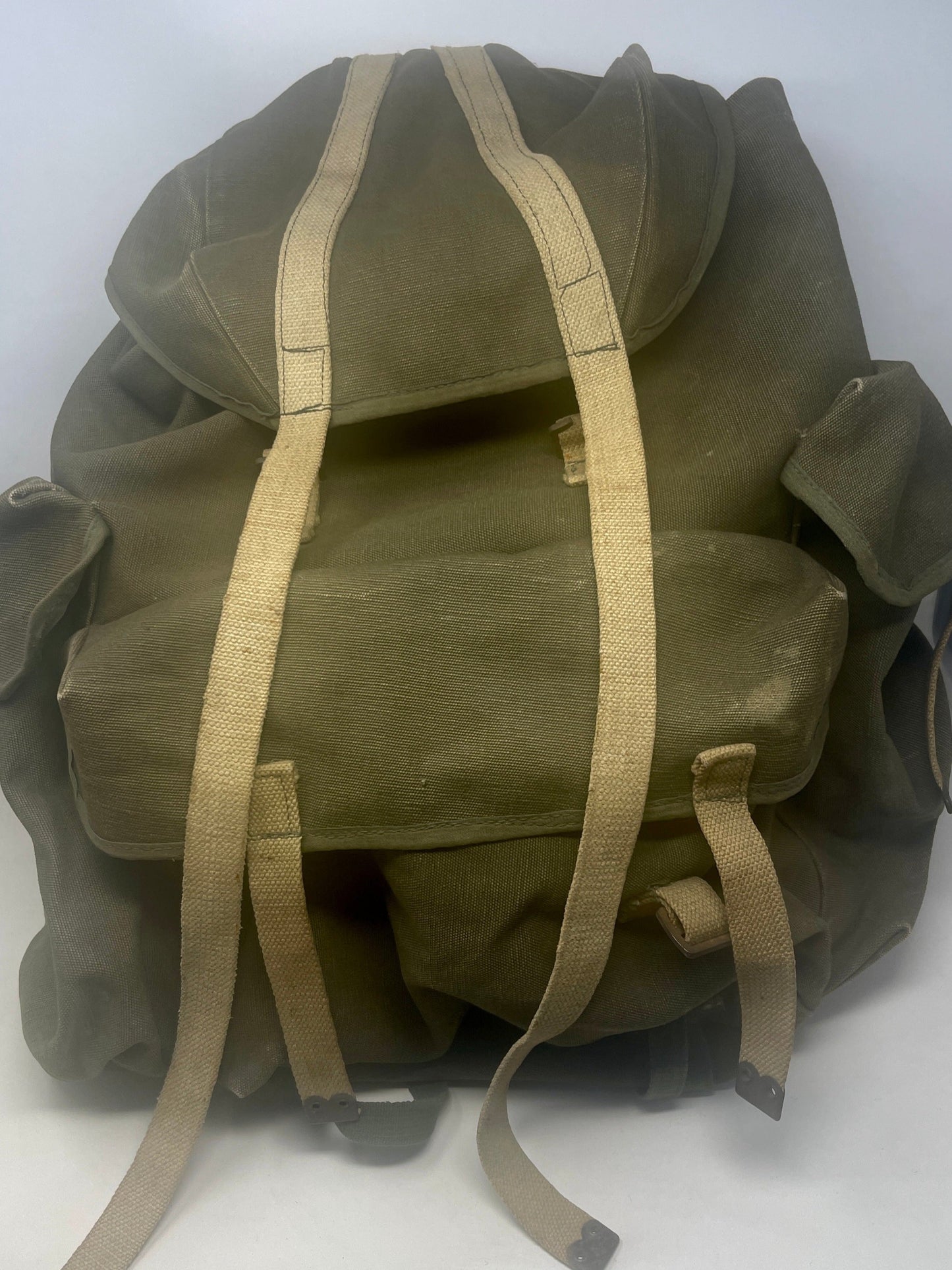
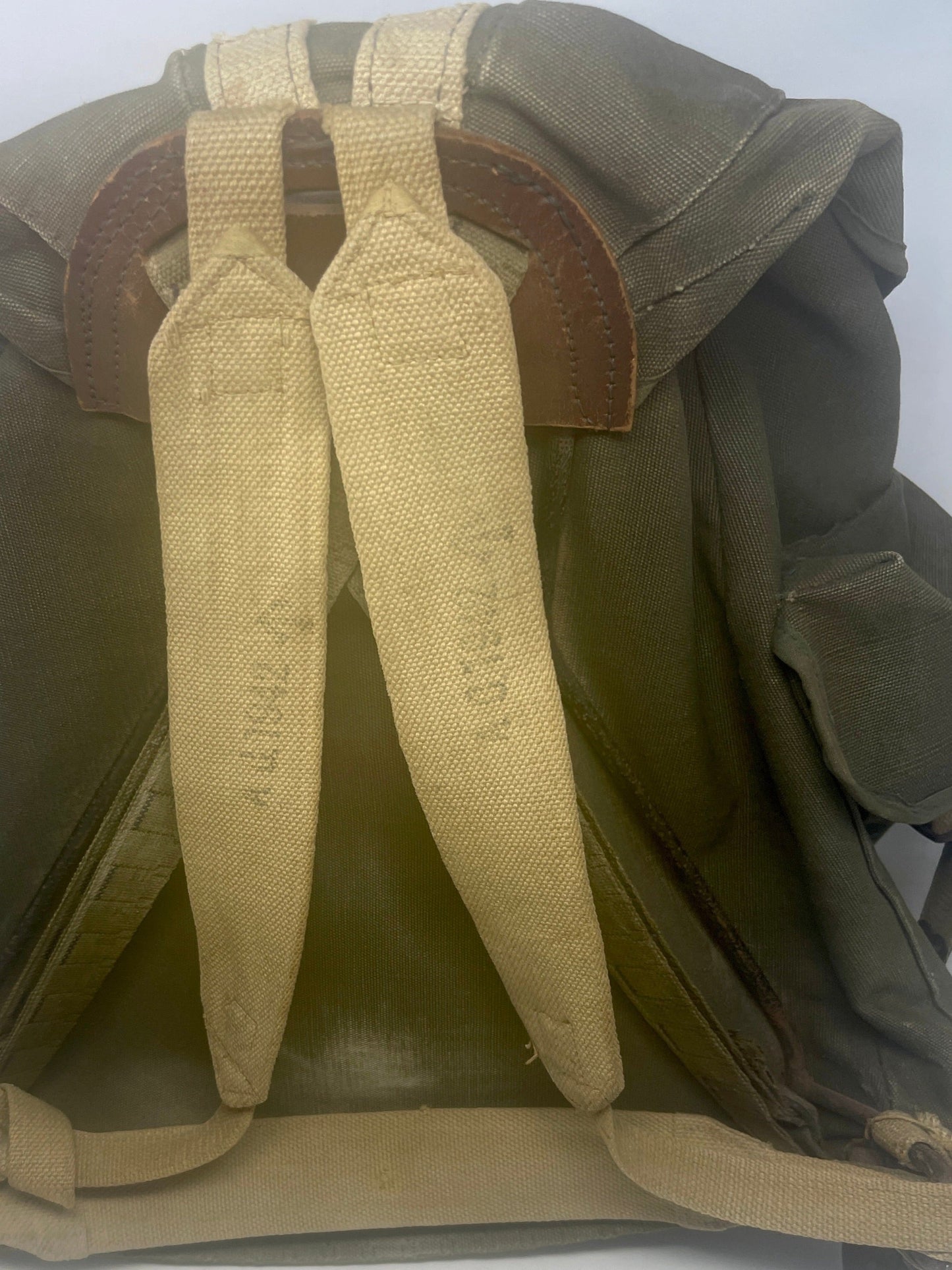
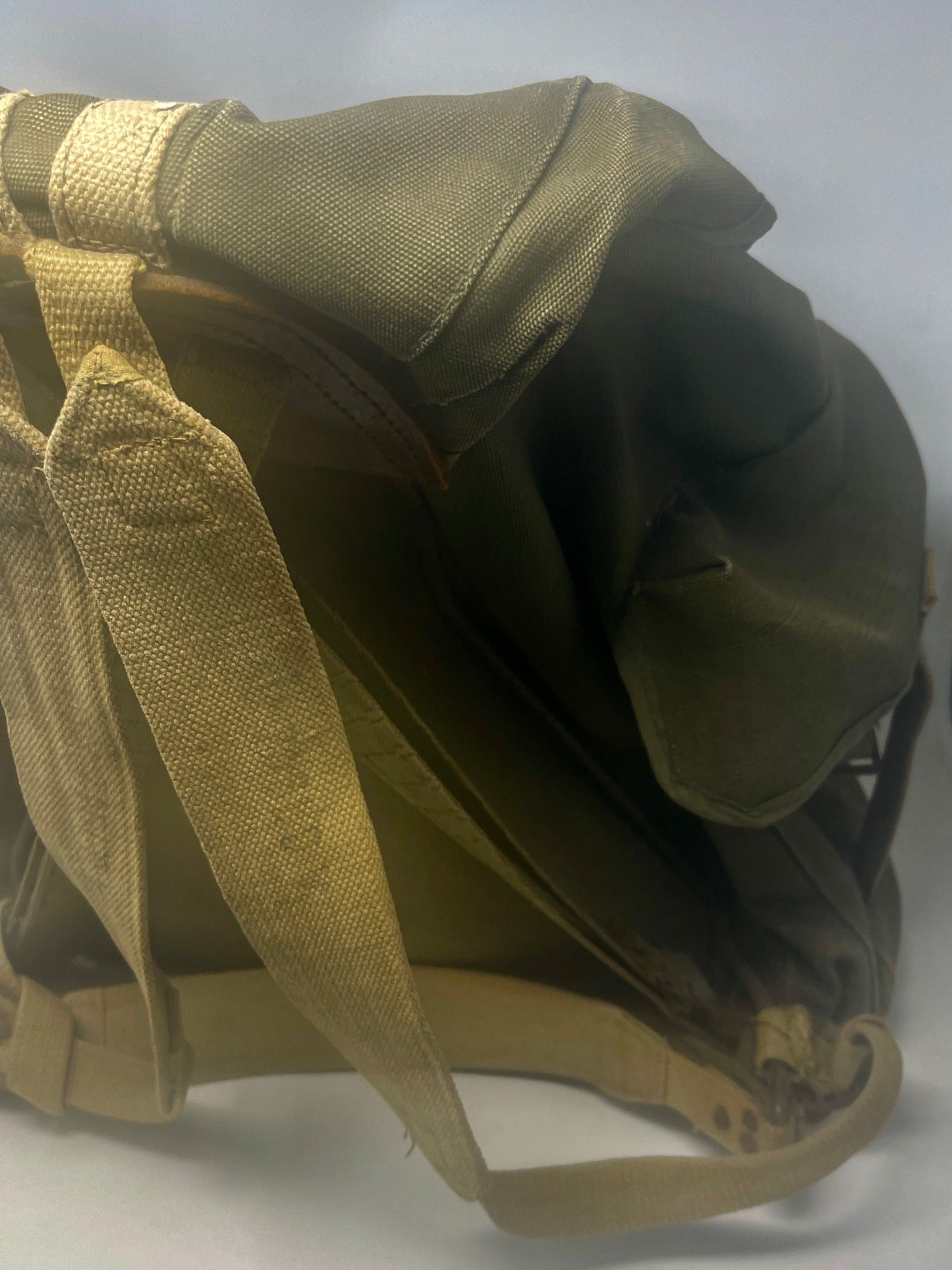
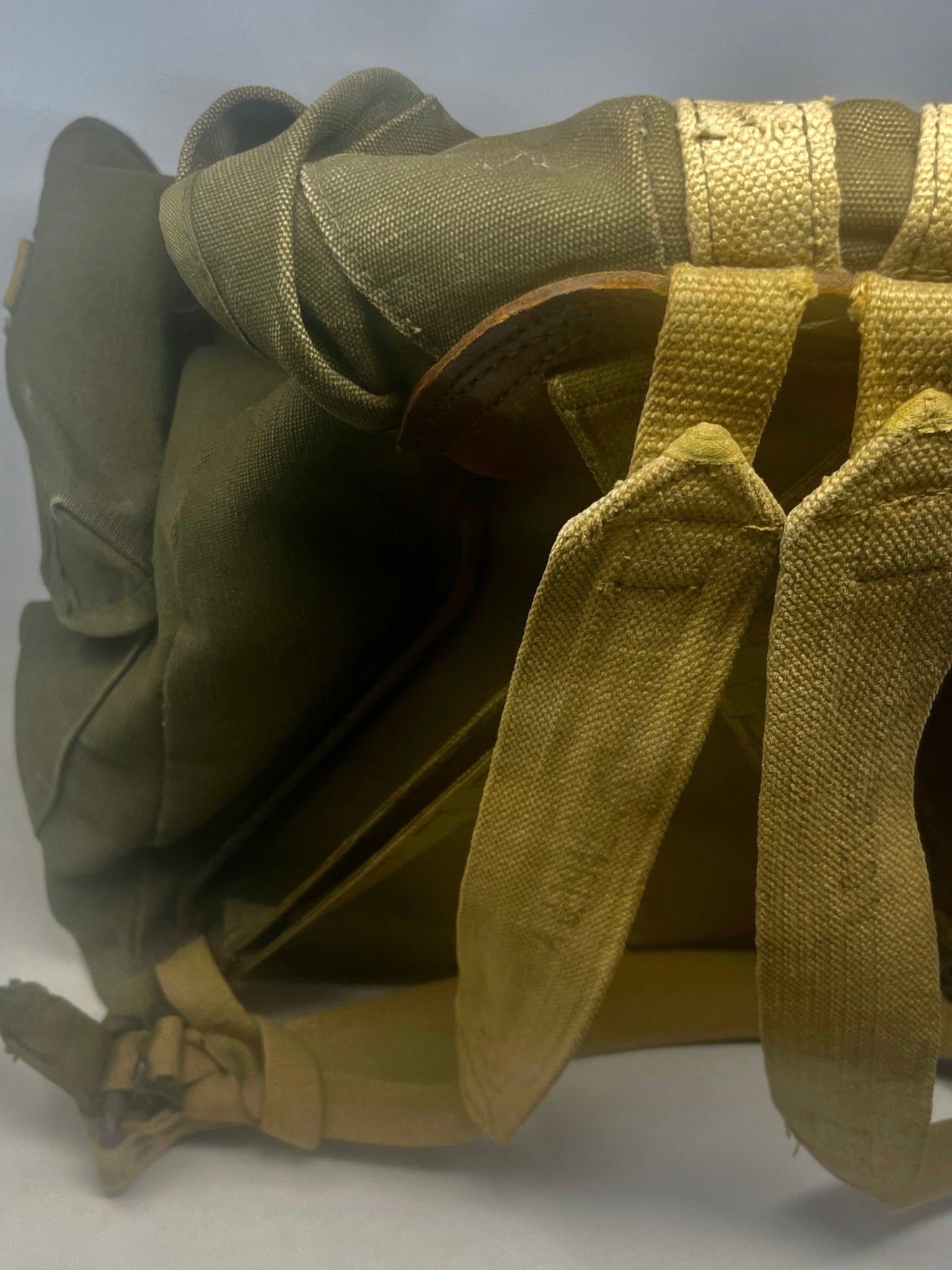
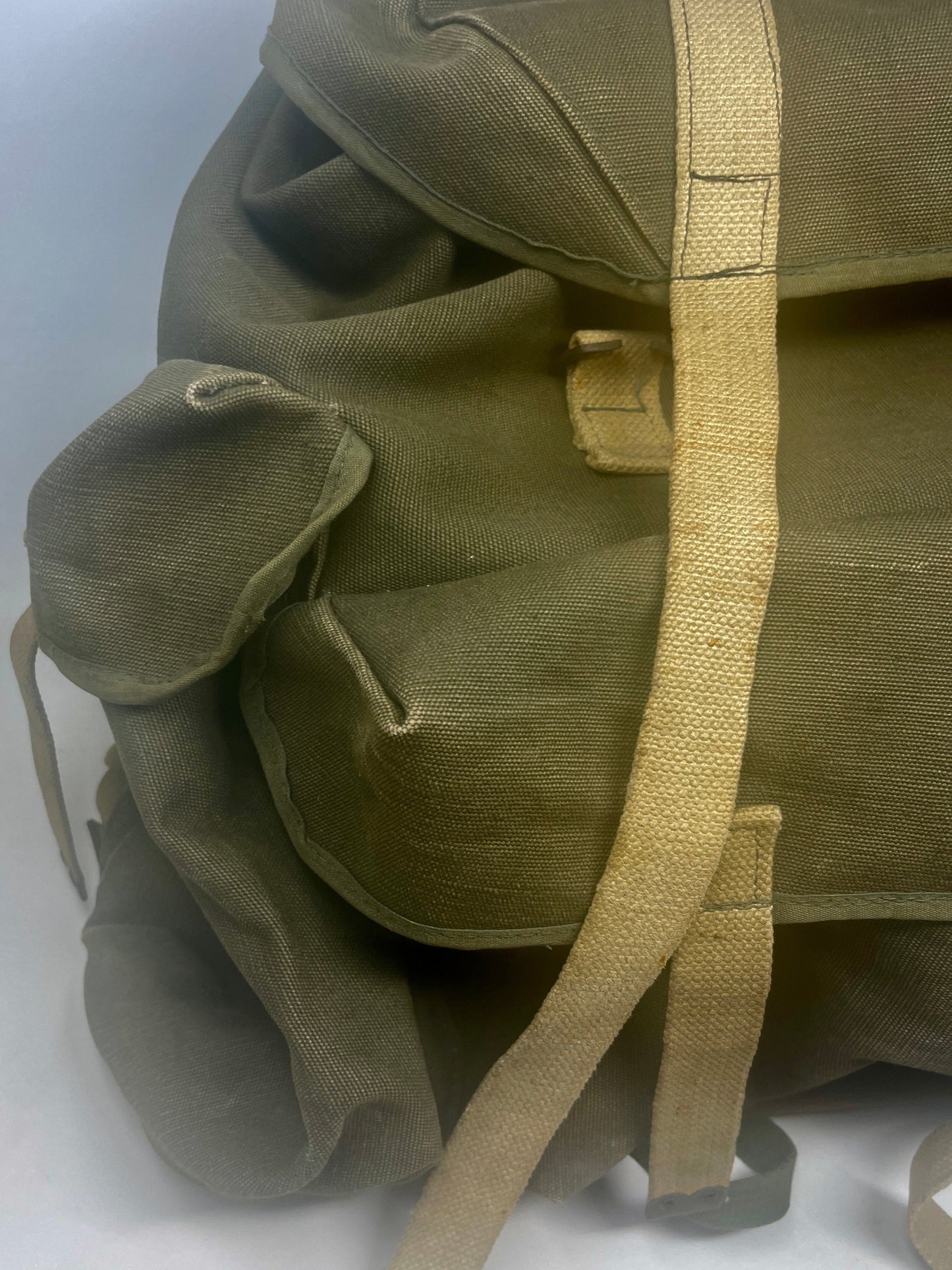
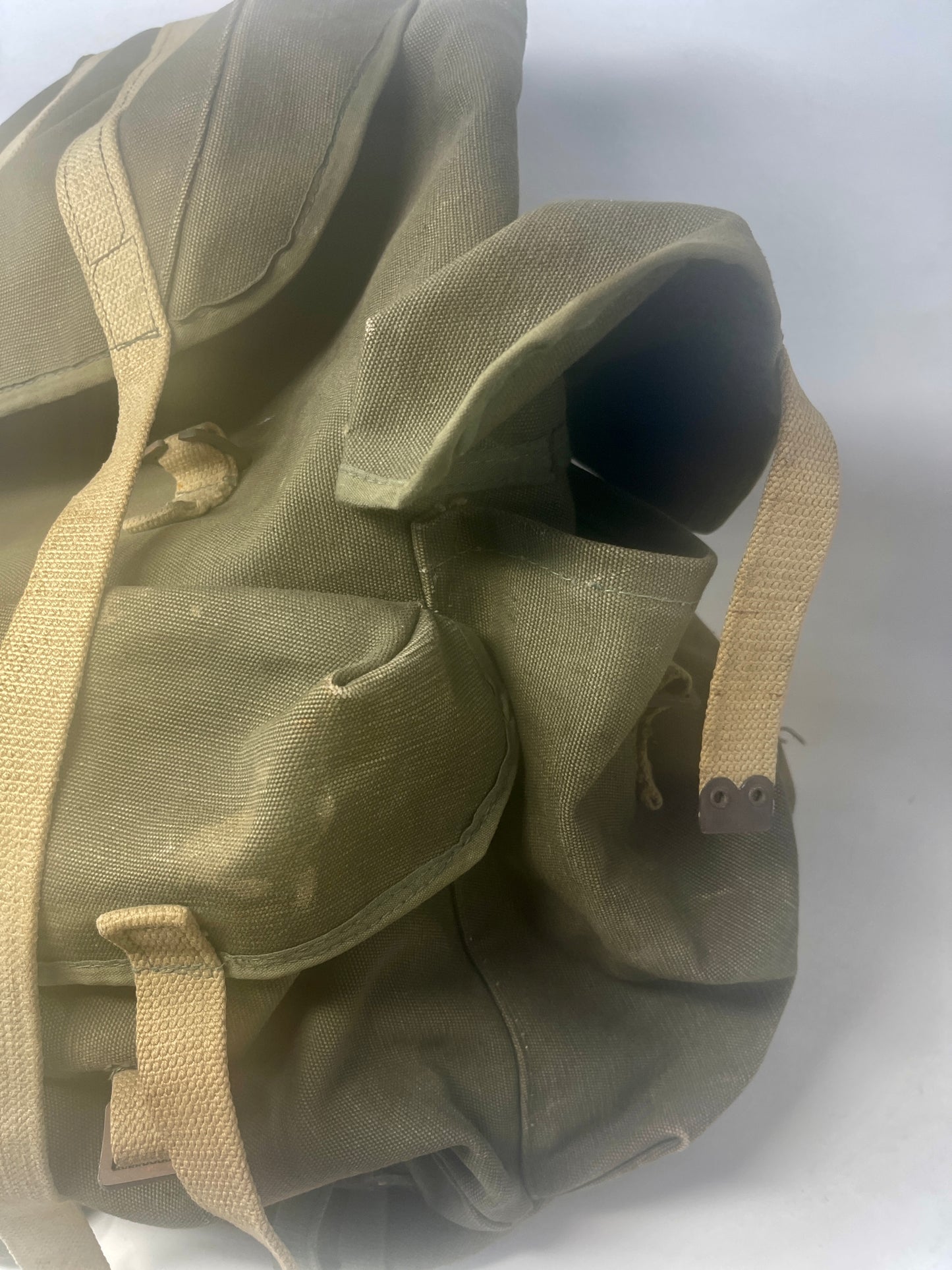
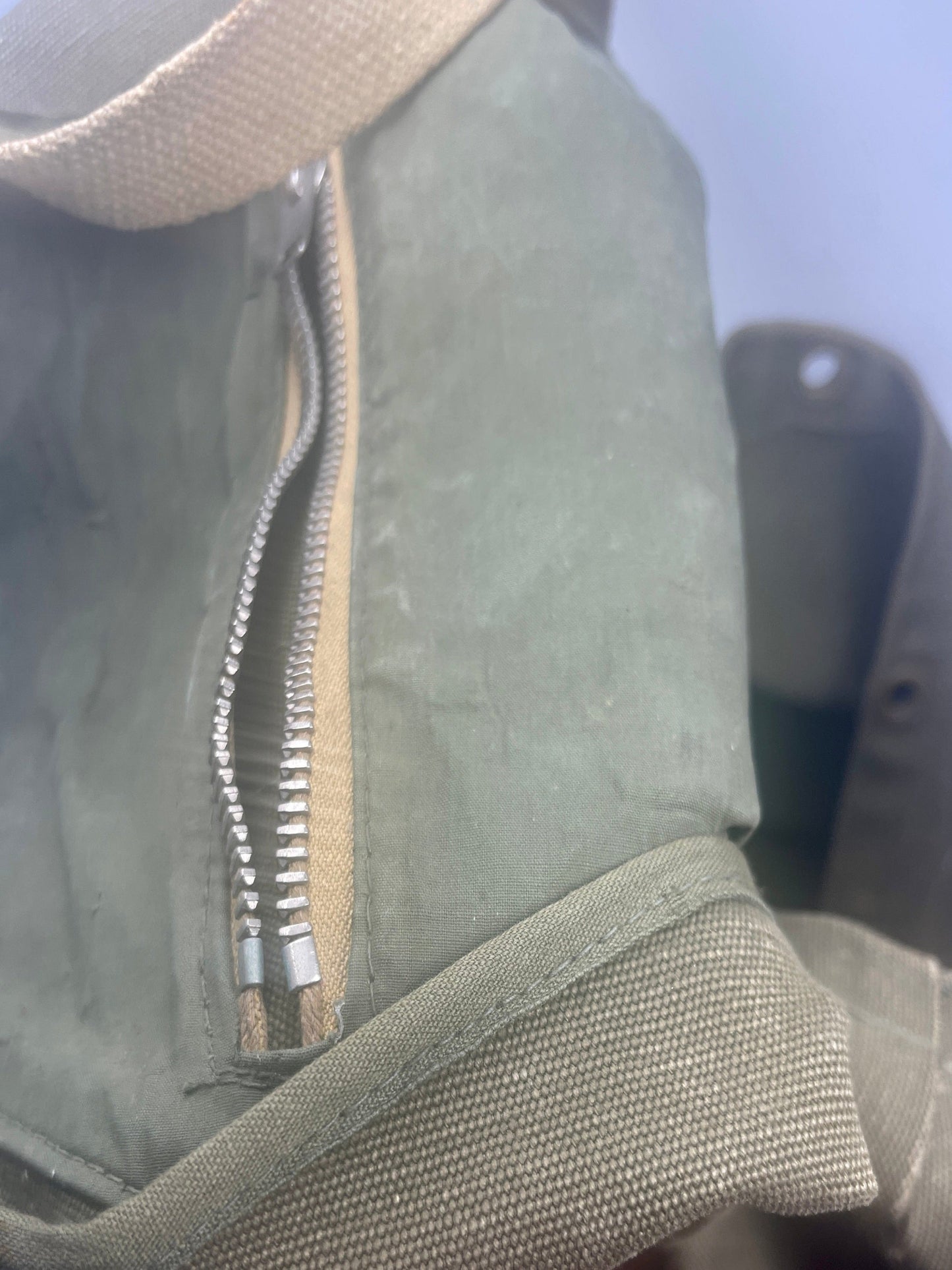
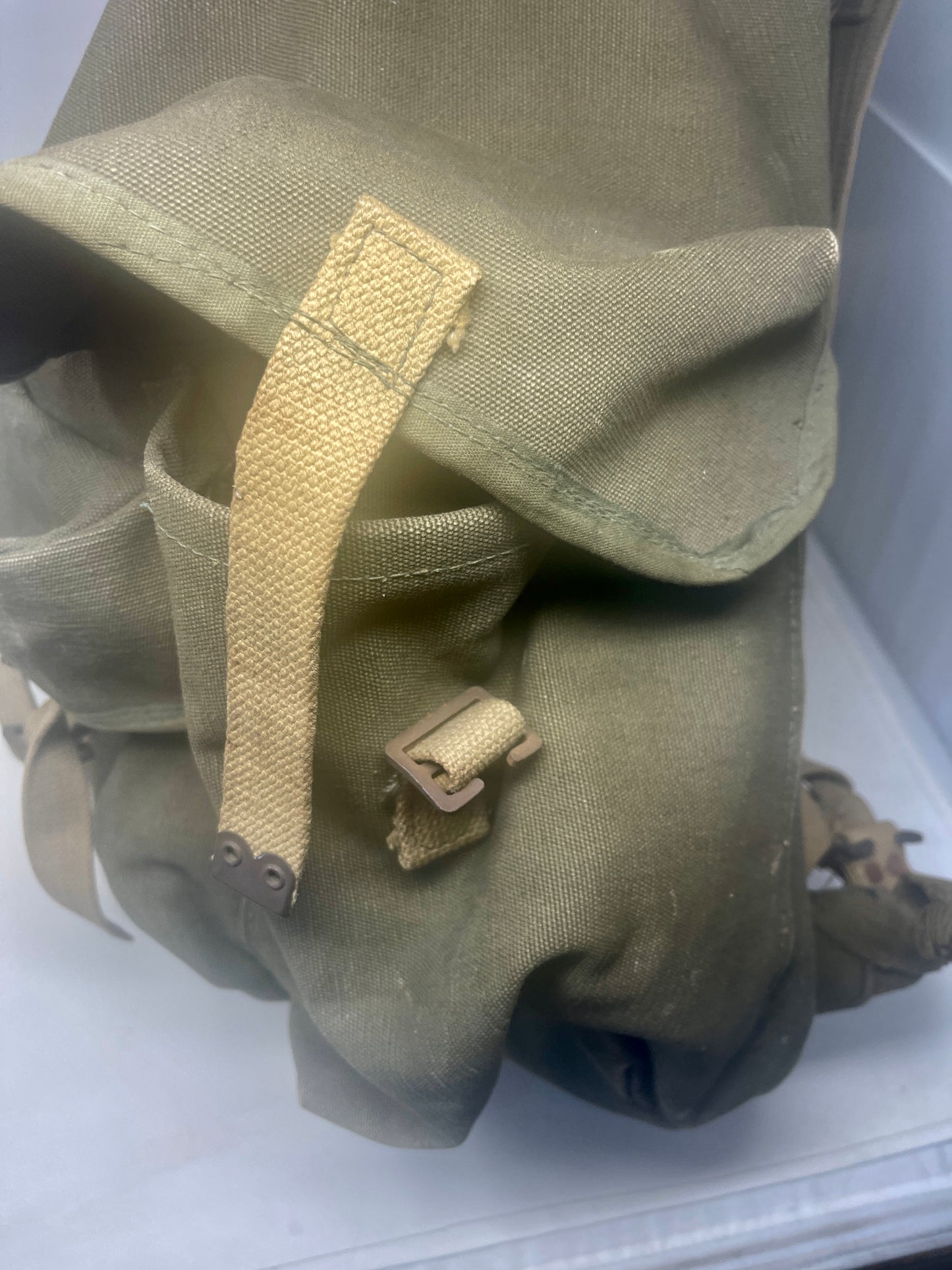
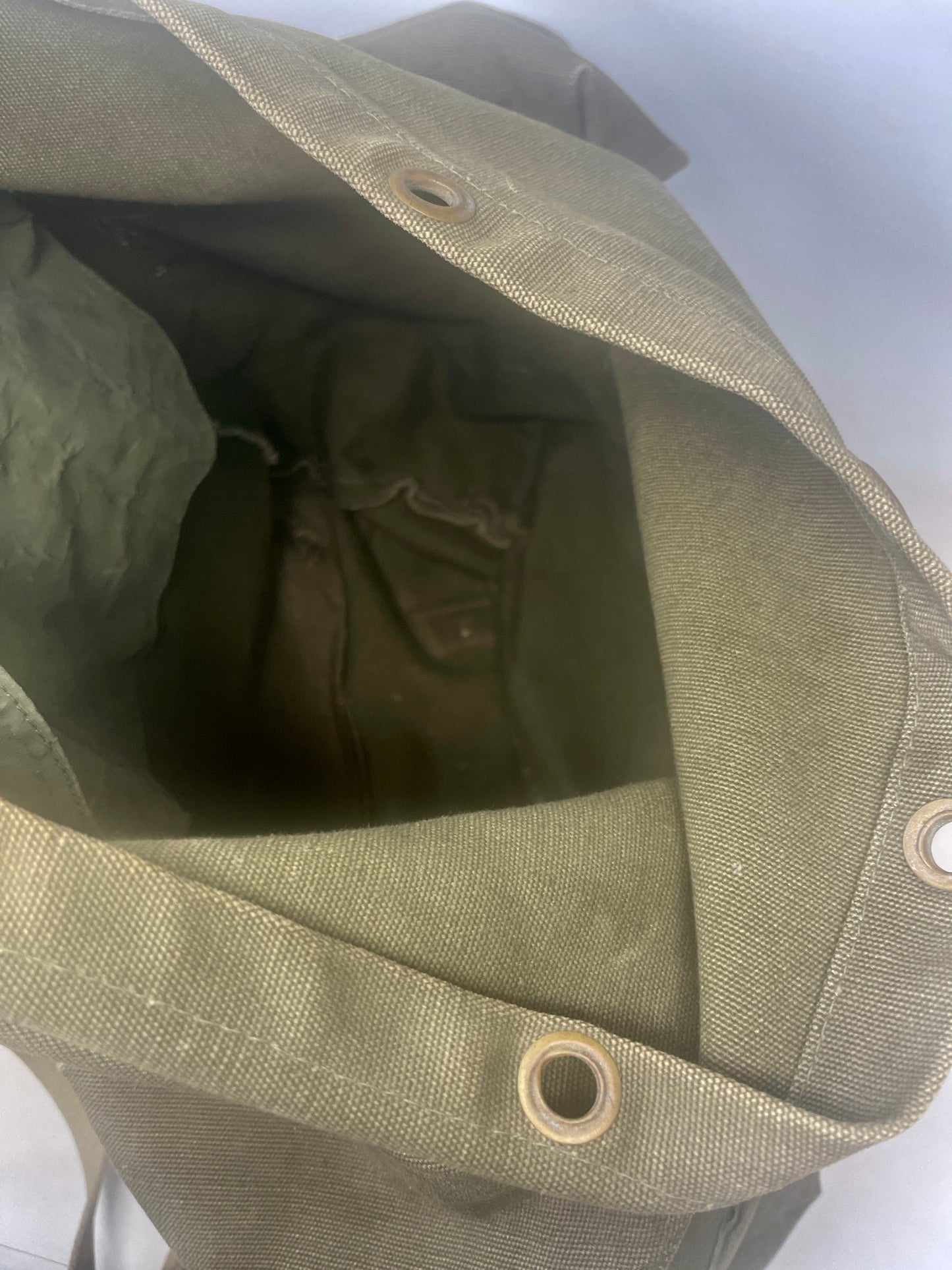
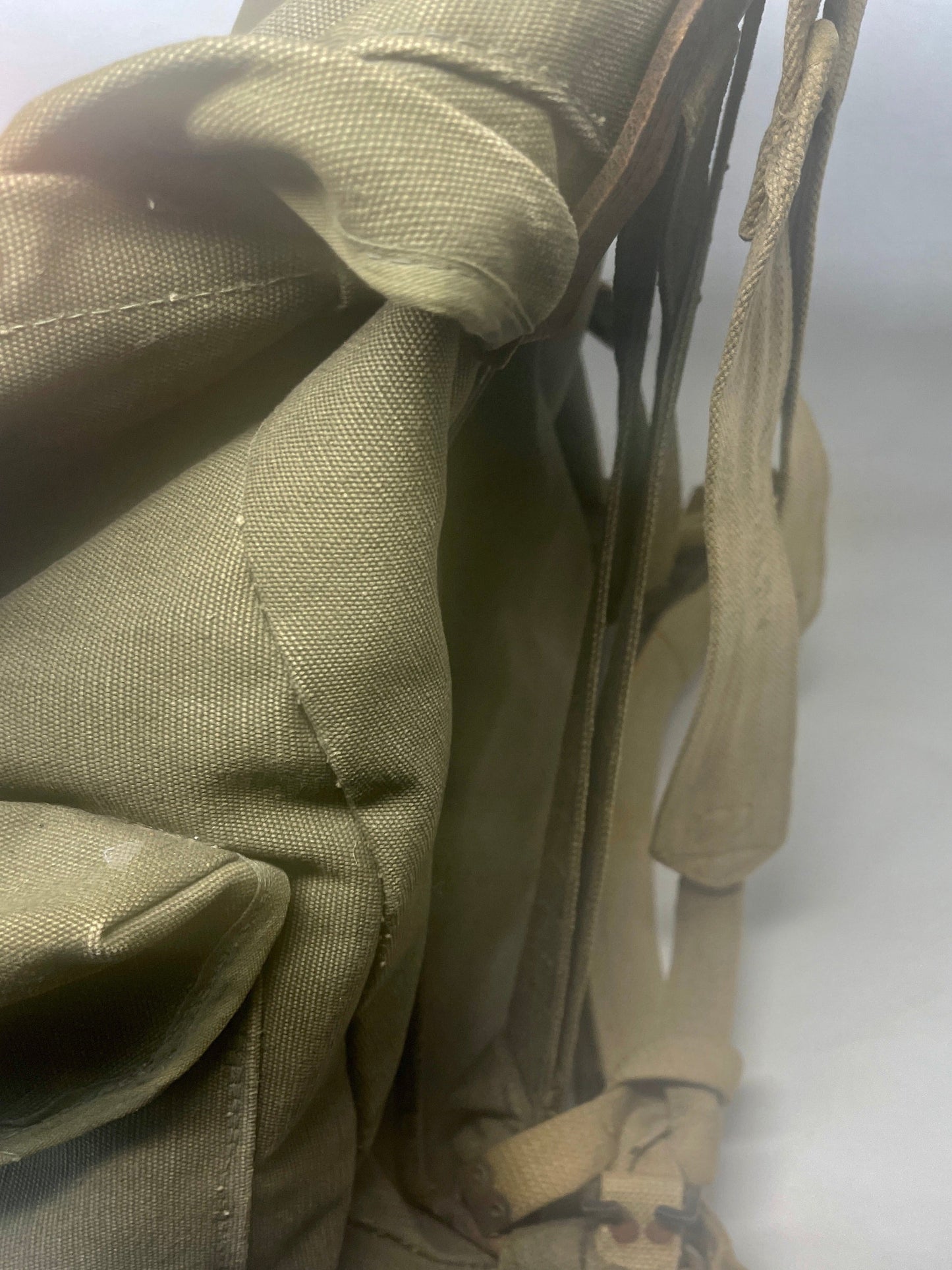
Product Description
The British Army WW2 Assault Pack dated 1942 was a type of military backpack used during World War II, Its origin was in Norway, It was particularly used by the Commandos and Royal Marines on D-Day. It was designed to allow soldiers to carry essential equipment and supplies during amphibious assaults, and it was an important part of the soldiers' kit as they landed on the beaches of Normandy on June 6, 1944.
The Assault Pack was made of canvas material and featured several compartments, straps, and buckles to secure its contents. It was designed to be worn on the soldier's back and could be quickly ditched in the water if needed. The pack was meant to hold items like extra ammunition, grenades, a water bottle, a gas mask, and other essential equipment.
The Assault Pack was a crucial part of the British Army's strategy during D-Day as it allowed soldiers to carry the necessary equipment with them as they landed on the beaches. It also allowed them to move quickly and efficiently, which was critical during the early stages of the invasion.

